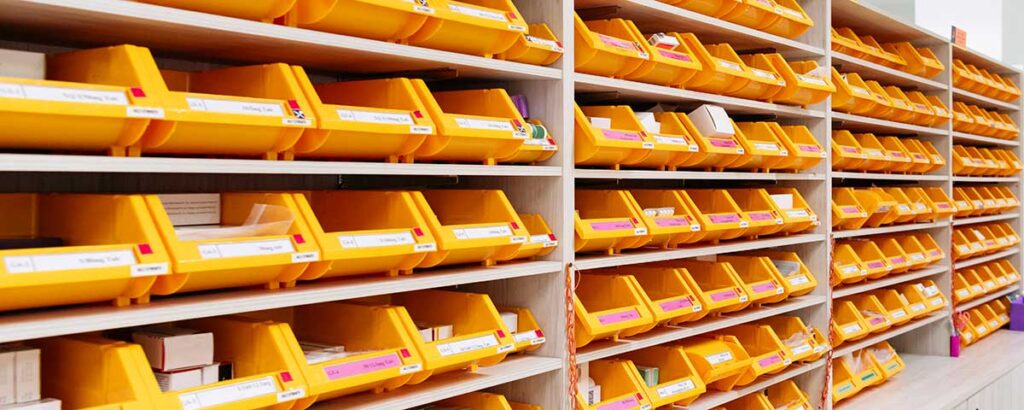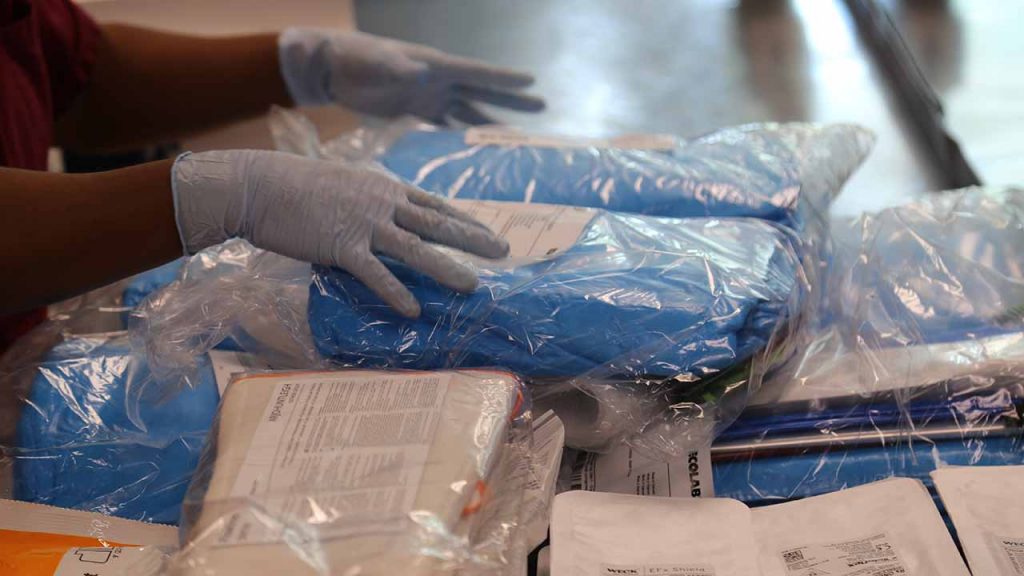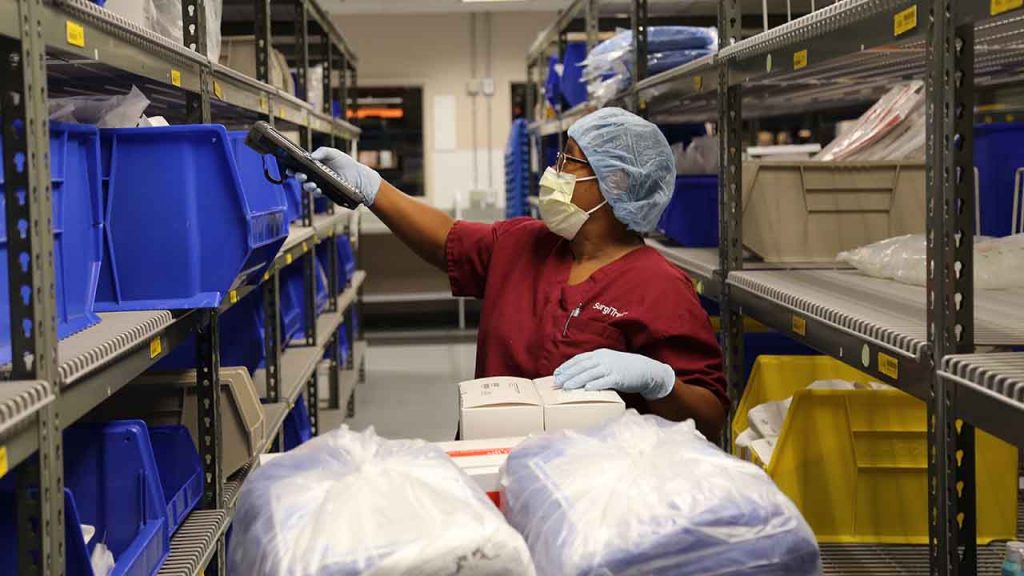By Steve Thompson, Director Supply Chain Solutions, Owens & Minor
The first blog post of this series offered a high-level look at 2-bin kanban for efficient and effective inventory management and replenishment of common medical supplies.
For health systems and hospitals seeking to optimize management of consumable supplies in clinical areas, the integration of 2-bin kanban with a cloud-based inventory management solution for automated data capture and analysis greatly enhances their level of inventory visibility and control.
With actionable insights at their fingertips, supply chain leaders can make faster, smarter decisions to improve supply availability and reduce costs and waste.
Simple steps to automation
As described in the first post, the basic 2-bin kanban methodology consists of two bins that sit on a rack, one behind the other, both containing the desired quantity of the consumable item (e.g., tubing, syringes, needles and adhesives).
Clinicians take the items out of the front bin until empty, place the empty bin on top of the rack, and pull the back bin forward to access this second quantity of the same item The empty bin serves as a signal to materials management that it is time to replenish that item.
For healthcare organizations using a cloud-based inventory management solution that is integrated with their materials management information system (MMIS), it is simple and cost-effective to automate 2-bin kanban replenishment.
Upon collecting the empty bins, a materials management staff member uses a barcode scanner to scan each bin’s barcode. The scan transmits data on the consumable supply stored in that bin to the inventory management solution, which is integrated with the MMIS. This automatically triggers a re-ordering of the product at a pre-set quantity.
When the replenishment product arrives at the hospital, a materials management staff member refills the empty bin, scans its barcode to record it as “full,” and delivers it to the stocking location, placing it behind the existing bin on the rack. This also supports lot control and reduces the risk of having expired products available to a patient.
Immediate access to actionable insights
The cloud-based inventory management solution serves as a repository for real-time data on consumable supplies from receipt into the procedural area through use and replenishment. Through an easy-to-use interface, the materials management team has full visibility to on-hand consumable supply inventory, the value of that inventory, items on order, order status and backorders.
As industry research has shown, it is not data itself that is powerful, but rather the insights the data can provide to decision makers.1 Therefore, the most critical element of the inventory management solution are powerful analytics tools that turn data into actionable information.
These tools are constantly analyzing consumption and replenishment data from scanning of the kanban bins – from empty to full and full to empty – and presenting to materials management valuable information to guide inventory management decisions.
Through the solution dashboard users can easily see how long it takes for a bin to turn, and track changes over time. For bins where set supply quantities are consumed and replenished as expected, materials management can configure the inventory management solution to trigger orders in the MMIS based on standard bin quantity.
For bins that are running “hot” (requiring frequent replenishment) or “cold” (requiring less frequent replenishment) the solution detects three or more hot or cold cycles in a row. It alerts materials management to the trend so they can consult with clinicians to determine root causes (e.g., seasonal illnesses, doctor moved to a different unit).
With insights in hand, the MMIS team can make logical decisions to optimize inventory levels – avoid shortages or excess/wasted items – and adjust over time based on continued access to real-time analytics and reporting generated by the inventory management solution.
Conclusion
Integrating a 2-bin kanban system with a cloud-based inventory management solution for automated data capture and analysis can greatly enhance the visibility and control of consumable supplies for health systems and hospitals. With real-time access to actionable analytics, supply chain leaders can make faster, smarter decisions to improve supply availability and reduce costs, risks and waste.
























































